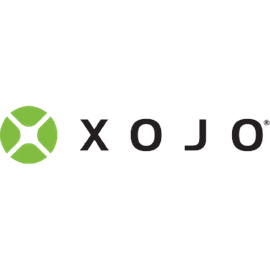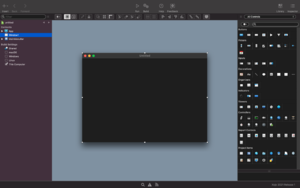Welcome
From Xojo Documentation
Contents
Welcome to Xojo! If you are brand-new to Xojo, or even to programming entirely, there are a variety of ways you can quickly get started.
Xojo is free to use for developing, testing and debugging. To get started:
- Download Xojo for your OS
- Launch Xojo
- (Optional) Sign In using your Xojo Account (that's the email and password you set up at Xojo.com). When you are signed in, any licenses you purchase will automatically download.
If you have any questions while using these resources, send an email to hello@xojo.com.
Guides
If you prefer reading, you should work through the QuickStart guides which will give you a quick overview of the Xojo user interface and how to create a simple, working app. You should be able to work through each of the QuickStarts in 30 minutes or less. Even if you are familiar with other development tools, you are encouraged to take the time to go through at least one QuickStart to help you get familiar with how Xojo works.
After completing these, you can move on to the Tutorial, which shows you how to create a slightly more sophisticated app with more code, Each Tutorial should take you less than an hour to complete.
You should then move on to the Introduction to Xojo Programming book. Full of examples, completing the book will give you a working knowledge of the fundamentals of programming. While you will be using Xojo, the concepts introduced in the book are applicable to any language you may choose to learn.
If you prefer to learn via video, follow along with the Video Course: Xojo Programming. In this course, we start from the very beginning, which means you don't need to have any previous experience in app development to join in.
Have you used Visual Basic? Then be sure to read the Migrating from UserGuide:Migrating from Visual Basic topic.
If you are interested in the Raspberry Pi, the Programming Raspberry Pi with Xojo book is a great place to start.
You can finish your Xojo voyage of discovery by reading the User Guide:
- Fundamentals
- Covers the Xojo IDE, its editors, programming language and object-oriented programming concepts
- User Interface
- Covers the user interface controls used by iOS, desktop and web projects.
- Framework
- Covers the "Classic" framework, including topics such as files, text, graphics, database, networking and more. In addition, there are topics on debugging and profiling and topics on migrating to the new Xojo framework.
Other important topics include: app deployment for desktop, web and iOS, source control, migrating from other tools (such as Access, FileMaker, FoxPro and Visual Basic).
What if I have questions?
The best place to ask your questions is the Xojo Forum. At Xojo we truly believe that our community is our greatest resource so this forum is not like other forums you may have used. The Xojo Forum is full of very active and helpful users, plus our own staff who answer questions all the time. A quick search usually reveals a lot of common questions have already been answered, so be sure to take a look around before you post your questions as it might save you some time!
Log in to the forum using your Xojo Account and post your question in the appropriate "Channel" (aka topic).
How can I learn more?
Use the Search of the Xojo Dev Center to find more about your topics of interest.
Register for our Xojo webinars to stay on top of your learning. And be sure to take a look at the webinar recordings that are available on our YouTube Channel. Have a suggestion for a webinar topic? Be sure to submit it to us.
Want specialized training? We can do that. Send us an email with your training requirements and we'll get back to you with a quote.
The Xojo Blog is a great place to get great tips and information about Xojo.
You can also subscribe to xDev Magazine, which publishes six issues a year, each with about 80 pages of Xojo content. xDev has been publishing since 2002 and a large collection of back issues are also available.
For a more thorough understanding of programming concepts, you may want to take the Stanford Programming Methodology course on iTunes U. This is a free, university-level, 21-hour course on many programming concepts, including: object-oriented design, decomposition, encapsulation, abstraction and testing.
I want to build my app. Now what?
You'll need to purchase a license in order to build your apps to share with others. Licenses start at just $99, which you can purchase in the Xojo Store. Xojo Pi licenses for building apps for Raspberry Pi is free, get one now. A Xojo license gives you access to new Xojo releases for a 12 month period. After your Xojo license expires you may continue to build with those releases distributed during that 12 month period, indefinitely. You are never required to renew your Xojo license, although you can do so anytime before or after its expiration. If you have a license but are having trouble building, review license troubleshooting steps or contact Customer Support.

